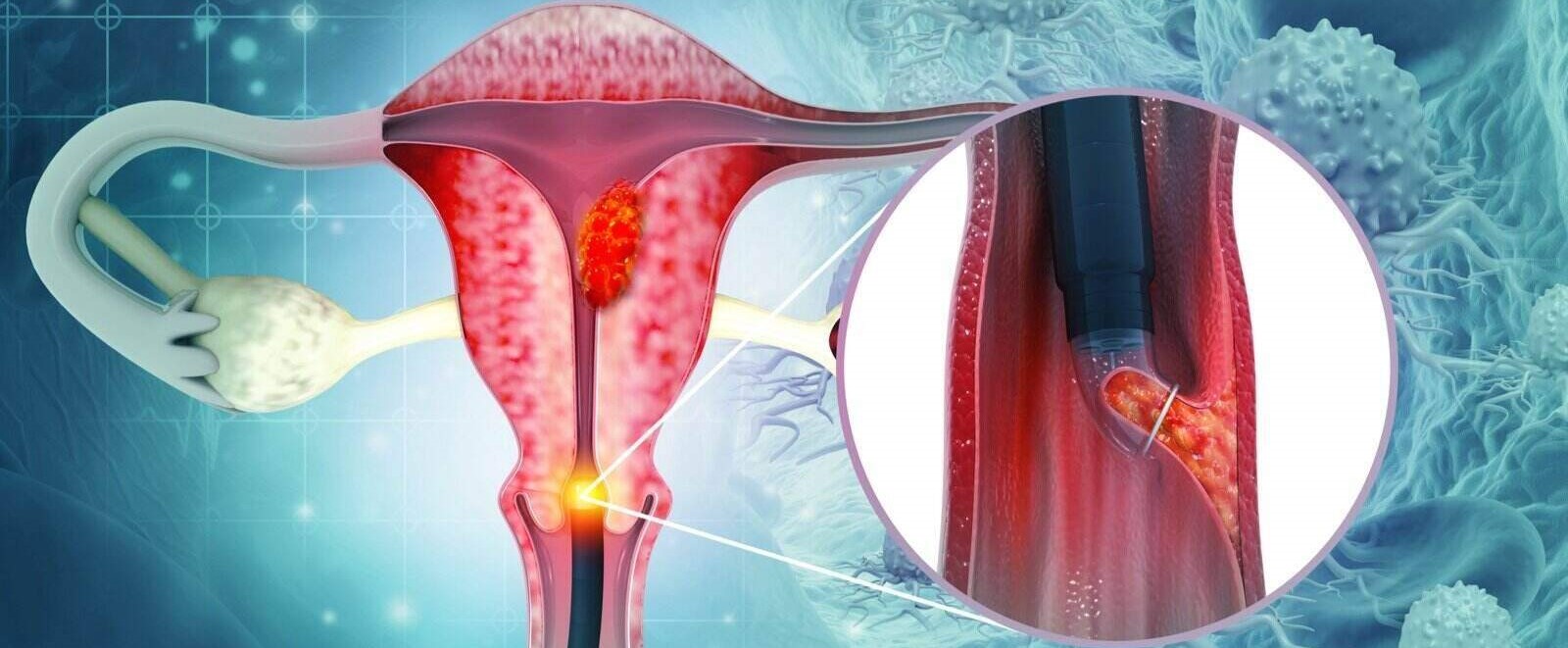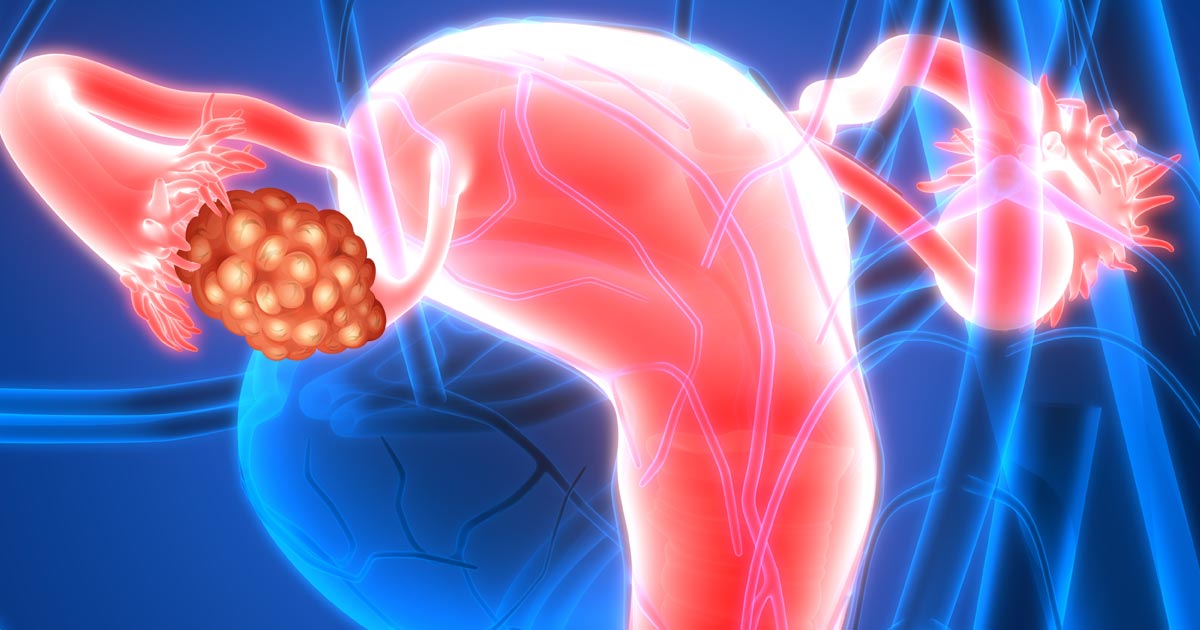What is ovarian cancer?
Ovarian cancer is a malignant disease that develops in the tissues of the ovary. The ovaries are organs of the female reproductive system responsible for the production of eggs and hormones. It occurs when cells in the ovary undergo genetic mutations that cause them to multiply out of control, forming a tumor. This cancer can spread to other parts of the abdomen and body, often making it difficult to diagnose in the early stages. It is vital to detect it early to improve the chances of successful treatment.
Types of cancer
There are three basic cell types in your ovaries, and any one of them could become tumorous.
There are three categories:
- Epithelial cells: Envelop the ovarian surface
- Germ cells: These cells produce your eggs
- Stromal cells: They are responsible for producing progesterone and estrogen as well as maintaining the integrity of your ovary's structure
Epithelial cancer
It is the most common type in postmenopausal women, affecting the outer surface of the ovary. This type of cancer begins in the cells that line the outer surface of the ovary.
Epithelial tumors can be benign or malignant, which classifies them under the term carcinomas. It is the most common and includes several subtypes, such as serous and mucinous carcinoma and endometrioid.
Germ cell cancer
These tumors originate from germ cells, which produce eggs. These can include teratoma, dysgerminoma, yolk sac tumor, and choriocarcinoma. These tumors are more common in younger women and generally have better rates of recovery than other types of ovarian cancers.
Ovarian stromal cancer
These types of tumors develop from the ovarian stromal cells, which produce hormones. They are often diagnosed earlier than others.
Sertoli-Leydig cell tumors and granulosa-theca tumors are the most common subtypes. Both of them are rare, but in some cases, they can be malignant and require specific treatment.
Symptoms of ovarian cancer
Ovarian cancer symptoms can be subtle and may not appear until the disease is in an advanced stage. Common symptoms may cause the following signs and symptoms:
- Back pain: Lower back or abdominal pain that doesn't seem related to a specific injury or strain
- Frequent urination: needing to urinate more often than usual
- Fatigue: Persistent and unexplained fatigue
- Changes in appetite: Significant changes in appetite, either a loss of appetite or feeling full quickly when eating
- Weight loss: Losing weight without intending to, especially if it's significant and occurs rapidly
- Changes in menstrual cycle: Unexplained changes in the menstrual cycle, such as irregular periods or abnormal bleeding.
Diagnosis of ovarian cancer
Each type of ovarian cancer has its characteristics in terms of treatment and associated risks. In this case, an accurate diagnosis is crucial to determine the type of cancer and to create a treatment plan tailored to each patient.
- Imaging tests: Transvaginal ultrasound, CT scans, and MRI of your abdomen and pelvis identify tumors and assess their characteristics.
- Exploratory surgery: Laparotomy or laparoscopy can be performed to visually inspect the ovaries and surrounding tissues. Surgical procedures can also involve the removal of tumors for analysis.
- Genetic testing: Due to the genetic component of ovarian cancer, genetic testing may be recommended, especially for individuals with a family history of ovarian or breast cancer.
- Blood test: The CA-125 blood test may be utilized. Elevated levels, while not exclusive to ovarian cancer, can indicate the need for further investigation.
- Biopsy: A biopsy is often necessary for a definitive diagnosis. This involves removing a sample of ovarian tissue for microscopic examination, typically obtained through surgery or minimally invasive procedures.
Treatment of ovarian cancer
Treatment plans are personalized based on factors such as cancer stage, type, and the patient's overall health. A multidisciplinary team, including gynecologic oncologists, surgeons, medical oncologists, and other specialists, collaborates to provide comprehensive care.
Some treatment plans can be presented as follows:
- Chemotherapy: Your doctor may recommend chemotherapy either after or before surgery. Chemotherapy is commonly used to target and destroy cancer cells. It can be administrated intravenously (through a vein) or directly into the abdominal cavity (intraperitoneal chemotherapy).
- Targeted therapies: Emerging targeted therapies aim to interfere with specific molecules in cancer growth, offering a more tailored approach.
- Surgery: Primary treatment often involves surgical removal of the tumor and affected tissues. The extent of surgery depends on the cancer stage and may include the removal of one or both ovaries, fallopian tubes, and the uterus.
- Radiation therapy: In certain cases, radiation therapy may be employed to kill cancer cells or shrink tumors. It is less common than surgery and chemotherapy for ovarian cancer.

